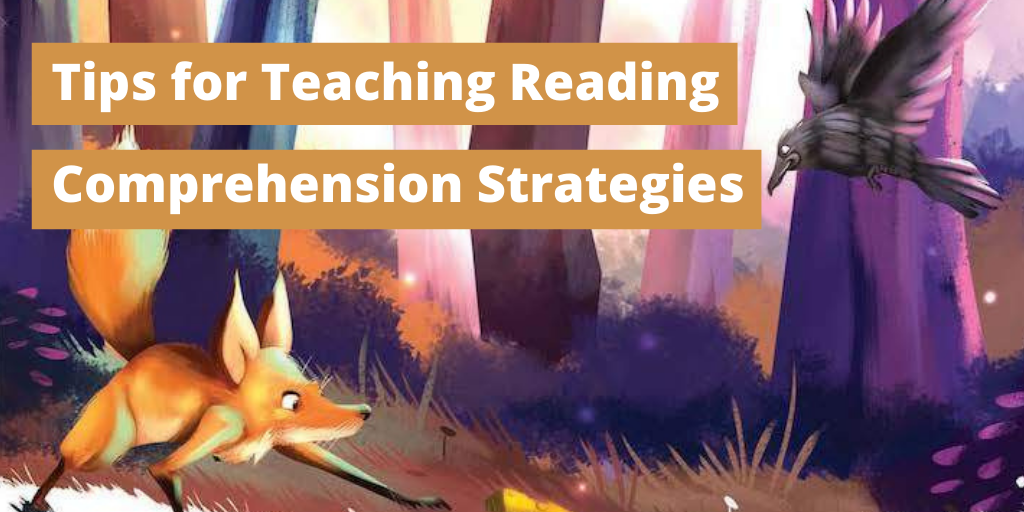By Paula Dugger, M. Ed., Guest Blogger
There are many similarities and differences between the ways that animals and humans communicate. If you want students to draw conclusions about communication, you can help them activate background knowledge, prompt self-questioning, and provide reading comprehension practice using paired texts. Paired narrative texts and nonfiction books for kids have the capacity to help develop reading skills and teach about interesting topics. In today's post, I'll explain how you can help students practice reading comprehension strategies using narrative and informational leveled readers that pertain to lessons about communication.
Imagine a moment in a park when a boy and his dog run across the field together. After the boy stops to pull a frisbee from his backpack, the dog barks and jumps up and down. When the boy throws the frisbee, the dog bolts toward the flying object to catch it. The dog runs back to return the frisbee to the boy, so the boy pets the dog.
In the example of the boy and the dog, there are clear indications, such as sounds and movements, that show differences in the ways that people and animals communicate. In the real world, there are times people need to draw conclusions to determine what another person, or an animal, may be trying to communicate. Inferences can be made from body language, conversations, or a situation in the environment. The Fox and the Crow is one of many fables from Fables & the Real World that students can read to learn an important lesson about communication.
The Fox and the Crow tells the story of a crow and a fox that race to a piece of cheese, but the crow beats the fox. Even though the crow uses its wings as an advantage, flying to take the cheese first, the fox is able to cleverly use communication skills to win back the piece of cheese. You can use this leveled guided reading book as a tool to help kids learn how to use the self-questioning strategy during a guided reading lesson that aligns with the theme of communication.
By using the first page of the downloadable packet at the end of today's blog post, you can help students practice self-questioning before, during, and after reading this engaging narrative text. The first page also acts as a guide to introduce the story, set a purpose for reading, and questions to help students make real-world connections. All of these can apply to lessons about communication, but you can adapt the questions to match the content of books you use for additional lessons.

Since The Fox and the Crow is a story about a character that tricks another character using communication, a good informational text that pairs with the fable is Animal Tricksters . Not only is this captivating level I book also available in Spanish , it also explains how some animals stay safe, get food, and protect their babies by playing tricks on other animals and humans, such as playing dead to escape danger!
You can adapt the downloadable guide for self-questioning, which you can find at the end of today's post, to help your students ask questions about Animal Tricksters . You can also play a fun reading comprehension activity with this leveled book by creating teams of kids during your guided reading lesson. Be sure to review the second, third, and fourth pages of the downloadable guide to see how you can engage kids in your classroom with a game that boosts critical thinking about animals that use tricks as their form of communication.
Another nonfiction book that you can use to teach kids about communication is Smart Birds, Amazing Birds . This is another level I book that pairs with The Fox and the Crow , and it is also available in Spanish . Your kids will love learning which bird uses food as bait to catch its prey, which type has a fantastic memory, and many more fascinating facts. You'll find a fun word choice activity that you can use after reading Smart Birds, Amazing Birds in the downloadable classroom activity packet. This is a great way to reinforce the information about birds and activate children's prior knowledge about facts they may have known before reading the book.
When guided reading books and activities are relevant to the lives of your students, activating prior knowledge and making inferences to improve comprehension will come naturally. If you enjoyed the If If you enjoyed the texts used in today's blog post, you'll want to explore numerous sets of paired texts that will help children meet Common Core reading standards and foster a love of reading.
Don't forget to return to our blog often for more instructional tips!
~~~
To get today's free activity packet to teach students how to practice self-questioning, click on the image below.
~~~
 Paula is an educational consultant who has previously served as a Reading Recovery Teacher/Teacher Leader, first grade teacher, Title I and high school reading teacher, and a Reading Coordinator. If you like what you read here, you can enjoy
more from Paula on our blog
.
Paula is an educational consultant who has previously served as a Reading Recovery Teacher/Teacher Leader, first grade teacher, Title I and high school reading teacher, and a Reading Coordinator. If you like what you read here, you can enjoy
more from Paula on our blog
.
~~~















































![6 Fun and Easy Activities to Practice Sequencing [Grades K-1]](http://www.hameraypublishing.com/cdn/shop/articles/Red_Typographic_Announcement_Twitter_Post-5_bf1ae163-a998-4503-aa03-555b038d1b76_600x.png?v=1689961568)
![Leveraging Prior Knowledge Before Writing and Reading Practice [Grades 1–2]](http://www.hameraypublishing.com/cdn/shop/articles/Red_Typographic_Announcement_Twitter_Post-4_600x.png?v=1689961965)




